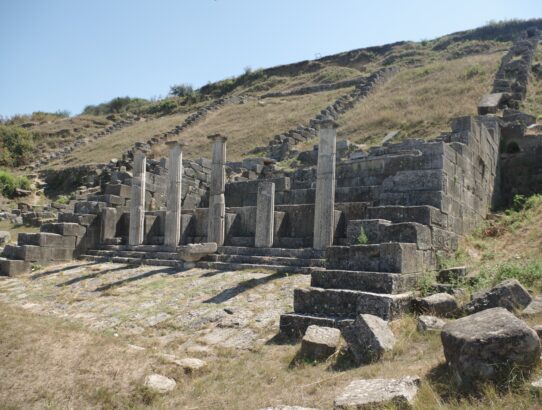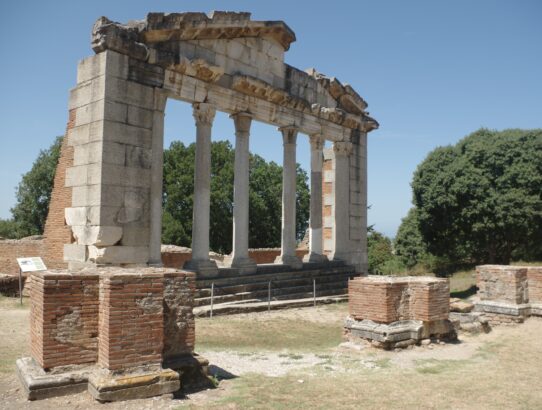Agrigentum, Sicilia – Part III (Addendum I)
Continued From Agrigentum, Sicilia Part II The first time I visited Agrigento in June 2017, I was just a few months on from officially starting this project. It was one of the first sites I visited after I had actually started working this. Though I had gone into summer 2016 travels with the idea, I…
Read More











